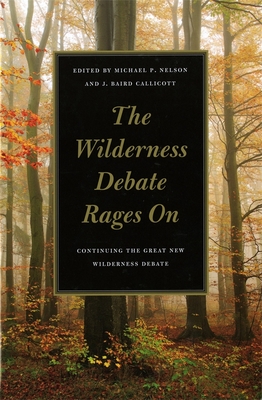
Sante, Lucy
product information
description
rvoirs and aqueducts was built across more than one million acres in upstate New York, including Greene, Delaware, Sullivan, and Ulster Counties. This feat of engineering served to meet New York City's ever-increasing need for water, sustaining its inhabitants and cementing it as a center of industry. West of the Hudson, it meant that twenty-six villages, with their farms, forest lands, orchards, and quarries, were bought for a fraction of their value, demolished, and submerged, profoundly altering ecosystems in ways we will never fully appreciate.
This paradox of victory and loss is at the heart of Nineteen Reservoirs, Lucy Sante's meticulous account of how New York City secured its seemingly limitless fresh water supply, and why it cannot be taken for granted. In inimitable form, Sante plumbs the historical record to surface forgotten archives and images, bringing lost places back to life on the page. Her immaculately calibrated sensitivity honors both perspectives on New York City's reservoir system and helps us understand the full import of its creation.
An essential history of the New York City region that will reverberate far beyond it, Nineteen Reservoirs examines universal divisions in our resources and priorities--between urban and rural, rich and poor, human needs and animal habitats. This is an unmissable account of triumph, tragedy, and unintended consequences.
With 29 present-day photographs by Tim Davis
This paradox of victory and loss is at the heart of Nineteen Reservoirs, Lucy Sante's meticulous account of how New York City secured its seemingly limitless fresh water supply, and why it cannot be taken for granted. In inimitable form, Sante plumbs the historical record to surface forgotten archives and images, bringing lost places back to life on the page. Her immaculately calibrated sensitivity honors both perspectives on New York City's reservoir system and helps us understand the full import of its creation.
An essential history of the New York City region that will reverberate far beyond it, Nineteen Reservoirs examines universal divisions in our resources and priorities--between urban and rural, rich and poor, human needs and animal habitats. This is an unmissable account of triumph, tragedy, and unintended consequences.
With 29 present-day photographs by Tim Davis
member goods
No member items were found under this heading.
Return Policy
All sales are final
Shipping
No special shipping considerations available.
Shipping fees determined at checkout.







